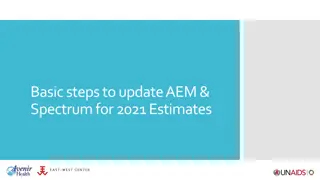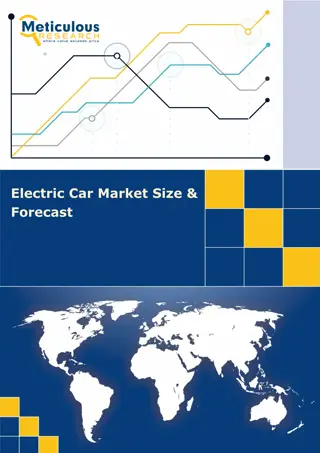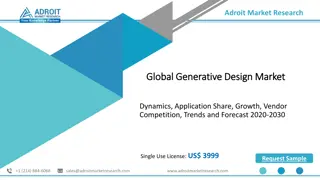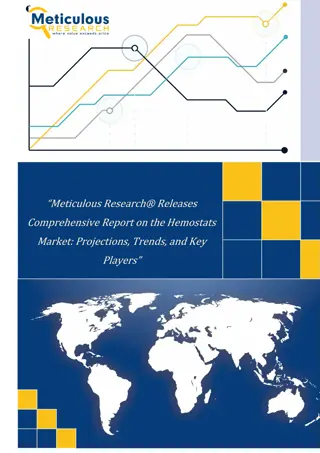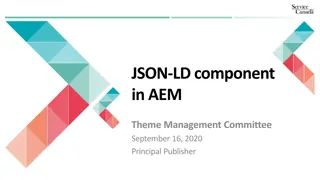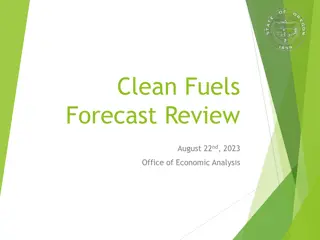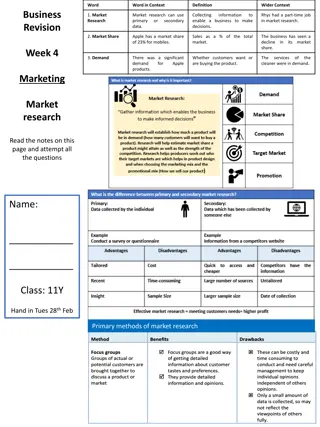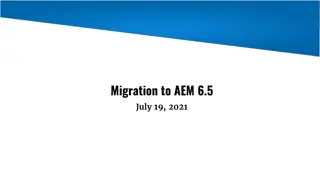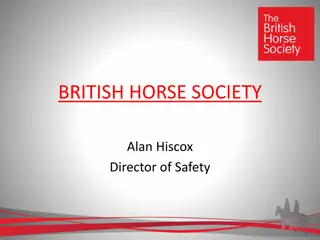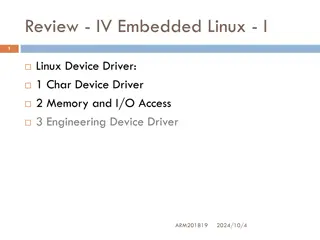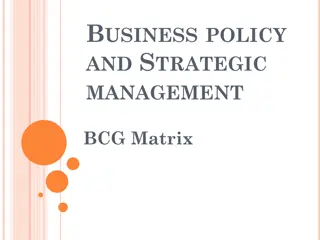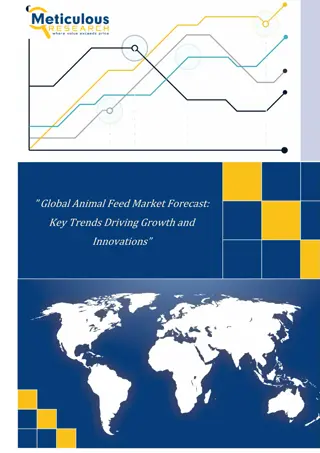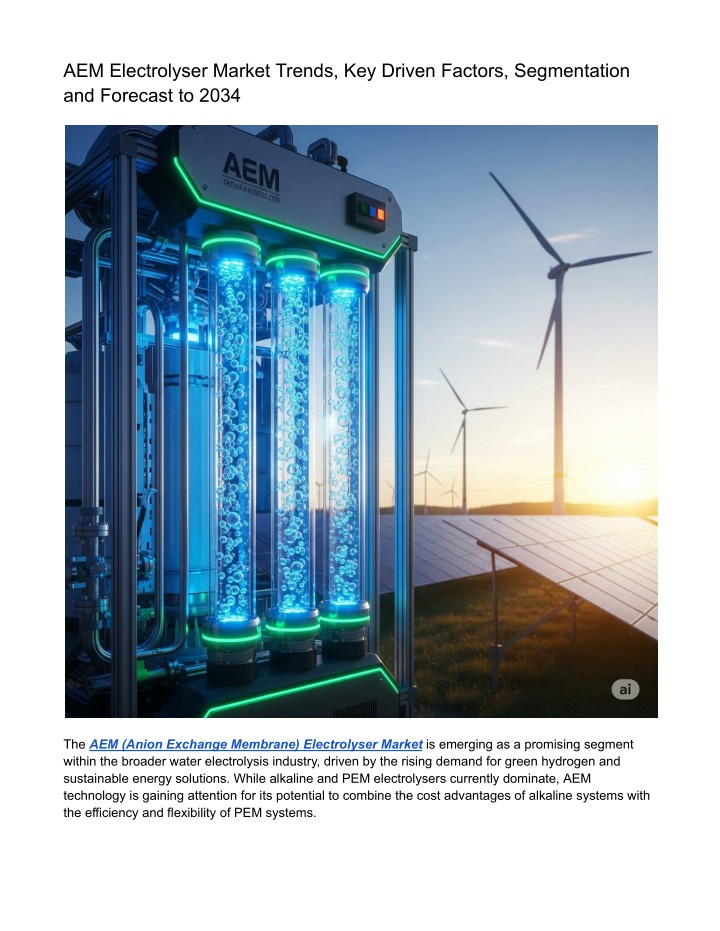
AEM Electrolyser Market Trends, Key Drivers & Forecast
The AEM (Anion Exchange Membrane) electrolyser market has emerged as a pivotal player in the clean energy landscape, leveraging advanced technology to facilitate the production of green hydrogen.nnRead Report Overview: //bisresearch.com/industry
Download Presentation

Please find below an Image/Link to download the presentation.
The content on the website is provided AS IS for your information and personal use only. It may not be sold, licensed, or shared on other websites without obtaining consent from the author. If you encounter any issues during the download, it is possible that the publisher has removed the file from their server.
You are allowed to download the files provided on this website for personal or commercial use, subject to the condition that they are used lawfully. All files are the property of their respective owners.
The content on the website is provided AS IS for your information and personal use only. It may not be sold, licensed, or shared on other websites without obtaining consent from the author.
E N D
Presentation Transcript
AEM Electrolyser Market Trends, Key Driven Factors, Segmentation and Forecast to 2034 The AEM (Anion Exchange Membrane) Electrolyser Market is emerging as a promising segment within the broader water electrolysis industry, driven by the rising demand for green hydrogen and sustainable energy solutions. While alkaline and PEM electrolysers currently dominate, AEM technology is gaining attention for its potential to combine the cost advantages of alkaline systems with the efficiency and flexibility of PEM systems.
Market Overview Water electrolysis technologies are segmented into: Alkaline Electrolysers (AEL): historically dominant, low-cost, long operational life. Proton Exchange Membrane (PEM) Electrolysers: higher efficiency, but reliant on expensive precious metal catalysts. Solid Oxide Electrolysis Cells (SOEC): high-temperature operation, still in nascent stages. Anion Exchange Membrane (AEM) Electrolysers: emerging technology offering a middle ground between AEL and PEM. The AEM electrolyser market is currently in its early growth phase, but it is expected to expand significantly as industries transition to green hydrogen production. What is driving the growth of the AEM electrolyser market? Green Hydrogen Demand: Global targets for decarbonization and net-zero emissions are pushing investment in hydrogen production. Cost Advantages: Unlike PEM, AEM electrolysers do not require expensive catalysts such as platinum or iridium, reducing capital expenditure. Industrial Applications: Key sectors adopting electrolysis include: Transportation/Mobility (fuel cell vehicles, heavy-duty transport) Refining Industry (low-carbon hydrogen for refining processes) Power & Energy Storage (renewable energy integration) Ammonia & Methanol Production (green chemicals) Request A Detailed ToCon the AEM Electrolyser Market! Future Outlook The AEM electrolyser market is expected to gain traction over the next decade, supported by: R&D investments in membrane stability and catalyst optimization. Cost competitiveness against PEM technology. Strategic partnerships between electrolyser manufacturers, renewable developers, and industrial hydrogen users. In the long run, AEM technology could play a vital role in scaling affordable green hydrogen production, especially as industries and governments push toward 2030 and 2050 climate goals. Trending FAQ on AEM Electrolyser Market What makes AEM electrolysers different from PEM and alkaline electrolysers?
AEM electrolysers combine alkaline cost-efficiency with PEMs compactness and flexibility, avoiding expensive precious metals, making them a promising solution for affordable green hydrogen production in emerging markets. What industries are adopting AEM electrolysers? Key adopters include ammonia and methanol production, refining, transportation, and renewable energy storage sectors, as they seek cost-effective, sustainable hydrogen production to meet decarbonization and net-zero targets. Which regions show strong growth for AEM electrolyser deployment? Europe leads with strong hydrogen policies and R&D, while Asia-Pacific (Japan, South Korea, China, India) rapidly invests in hydrogen ecosystems. North America supports growth through hydrogen hub projects. What challenges limit the adoption of AEM electrolysers? Main barriers include technology immaturity, durability concerns of membranes, efficiency improvements needed, and strong competition from established alkaline and PEM systems, delaying large-scale commercial deployment in global projects. Get Insights on the Advanced Materials, Chemicals & Fuels Market Conclusion The AEM electrolyser market is emerging as a vital enabler of green hydrogen, offering cost advantages over PEM and higher efficiency than alkaline systems. While still developing, it holds significant potential in transportation, refining, and renewable energy integration. With strong policy support, especially in Europe and Asia-Pacific, AEM technology is poised to complement established electrolysers, driving the global transition toward sustainable, low-carbon energy solutions in the coming decade.

